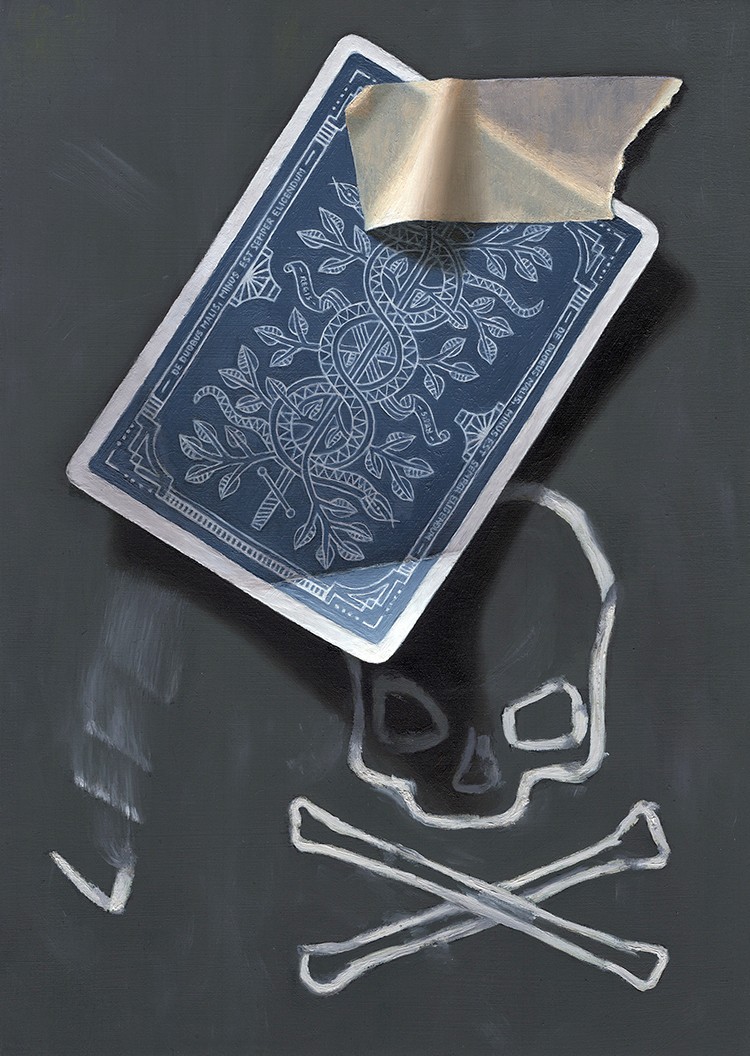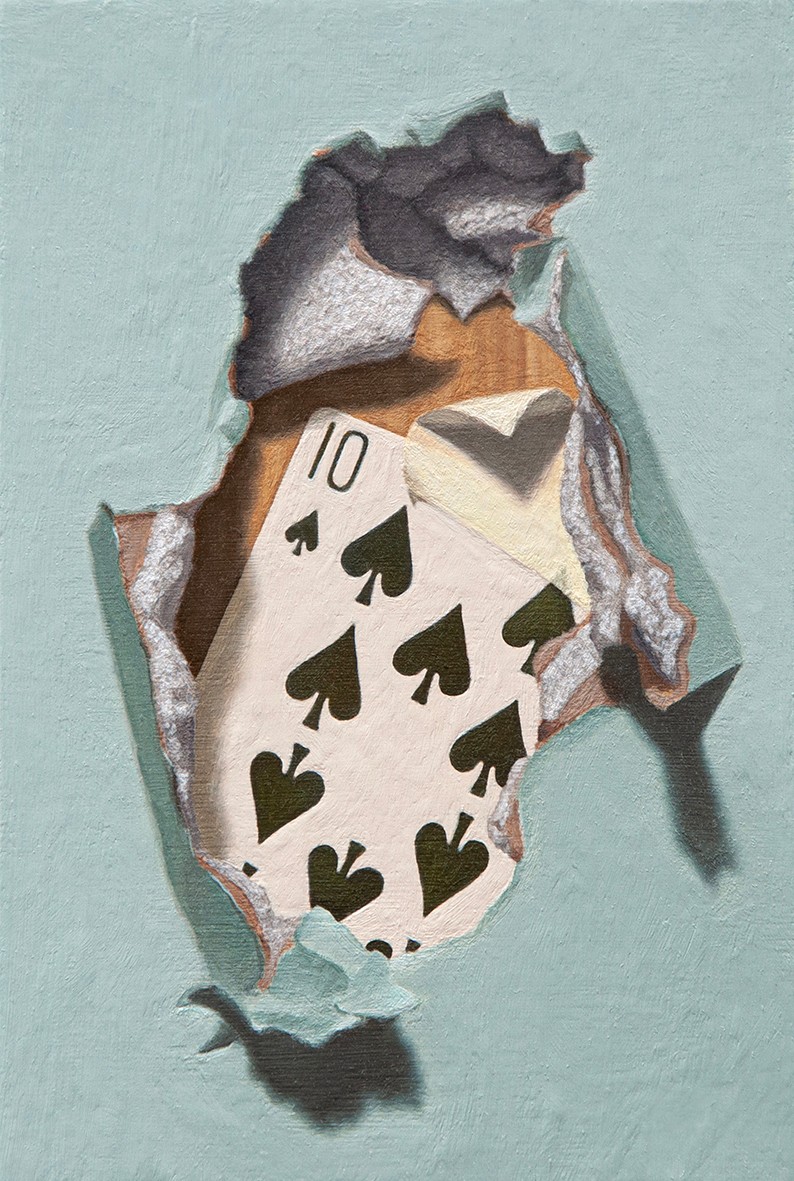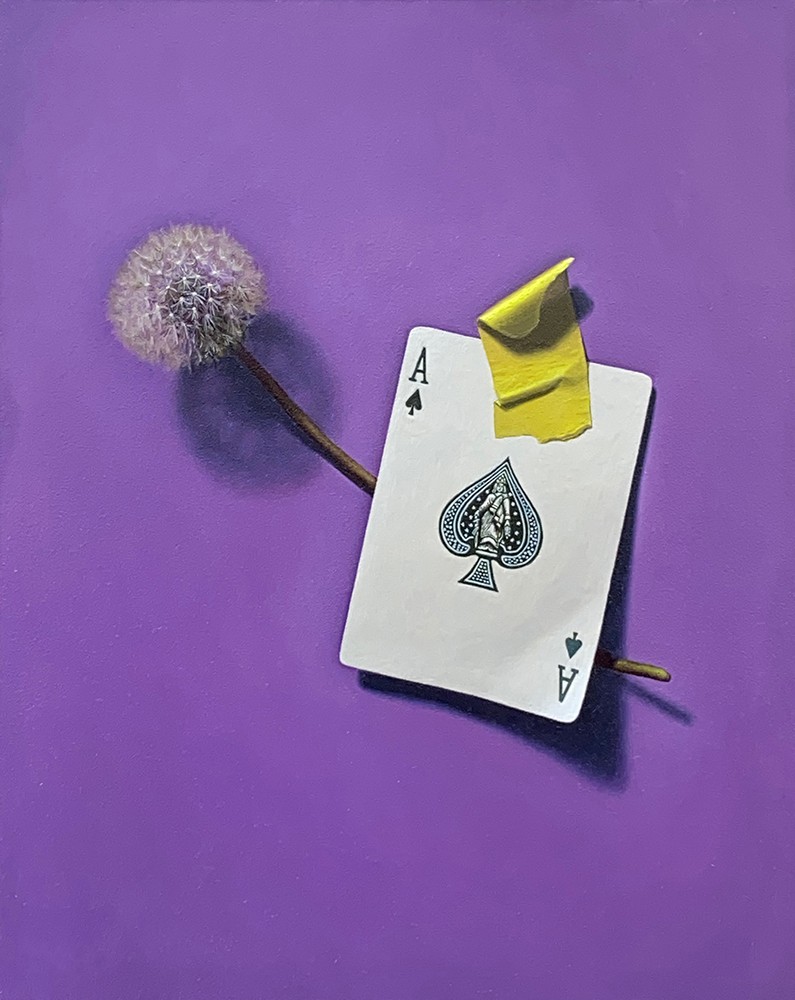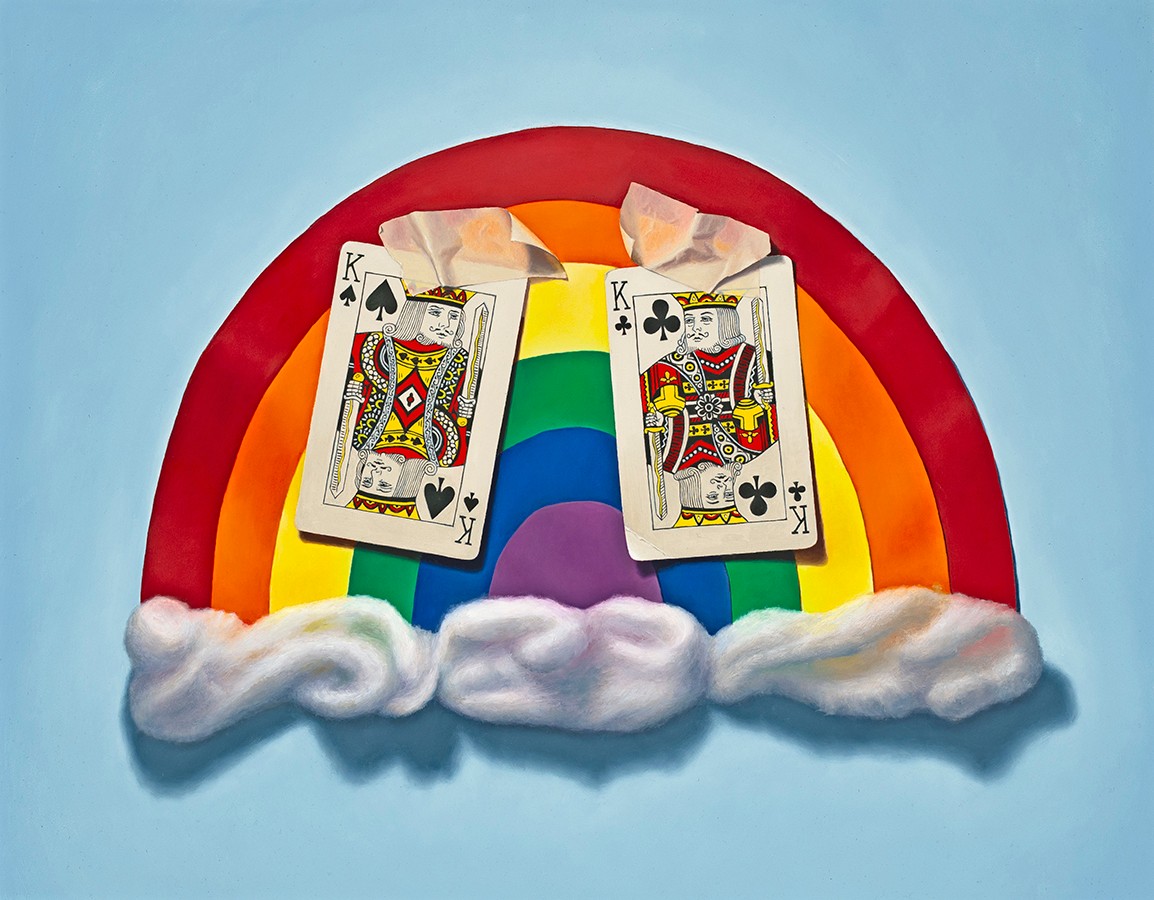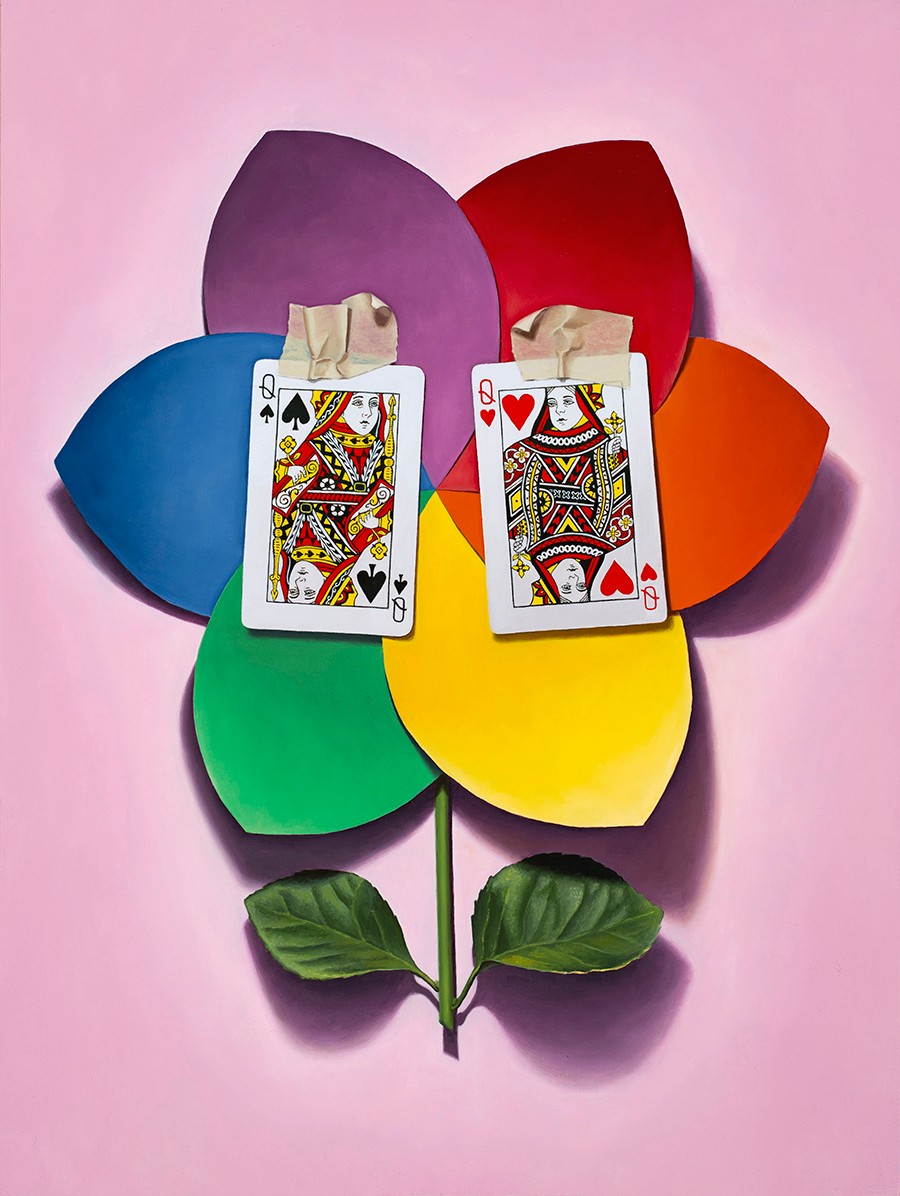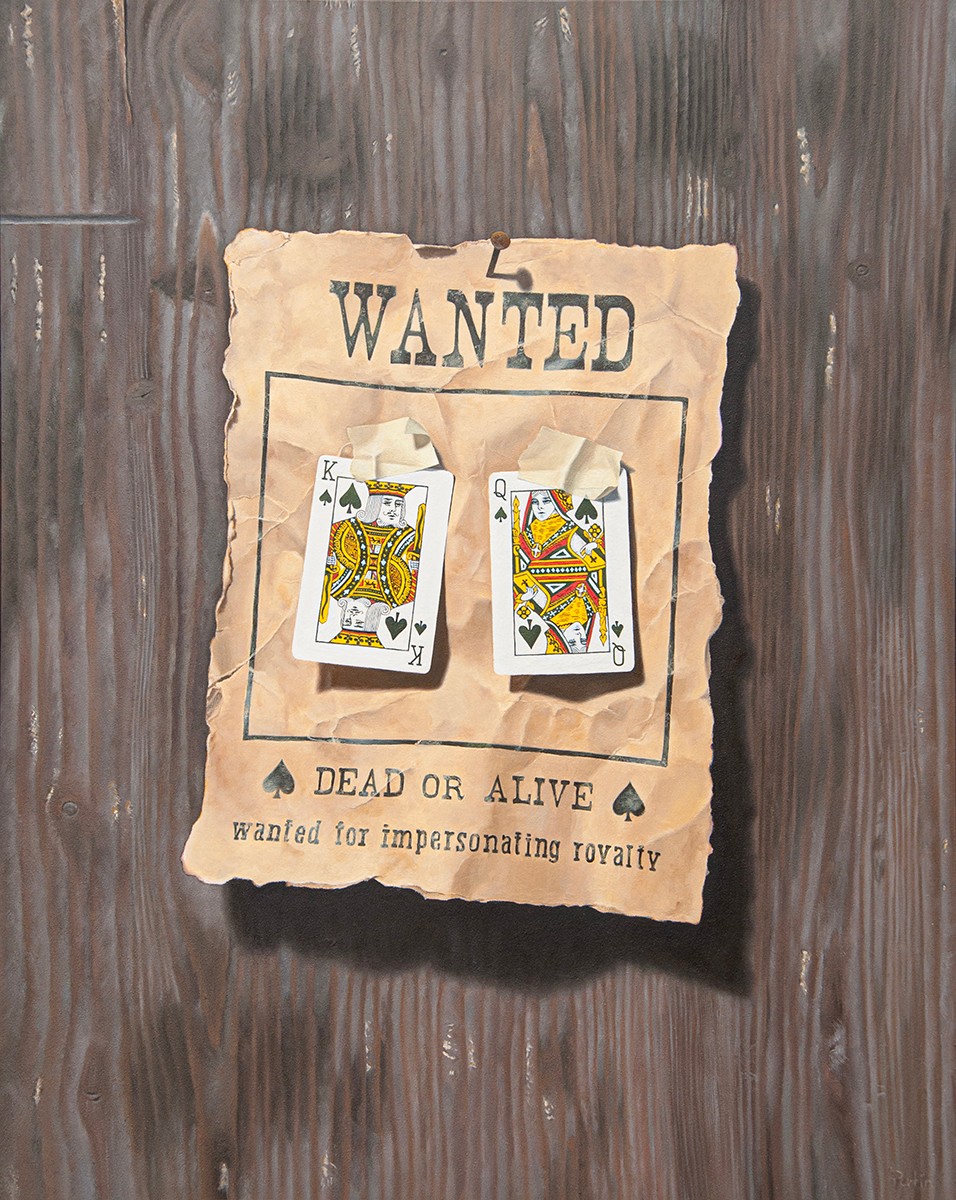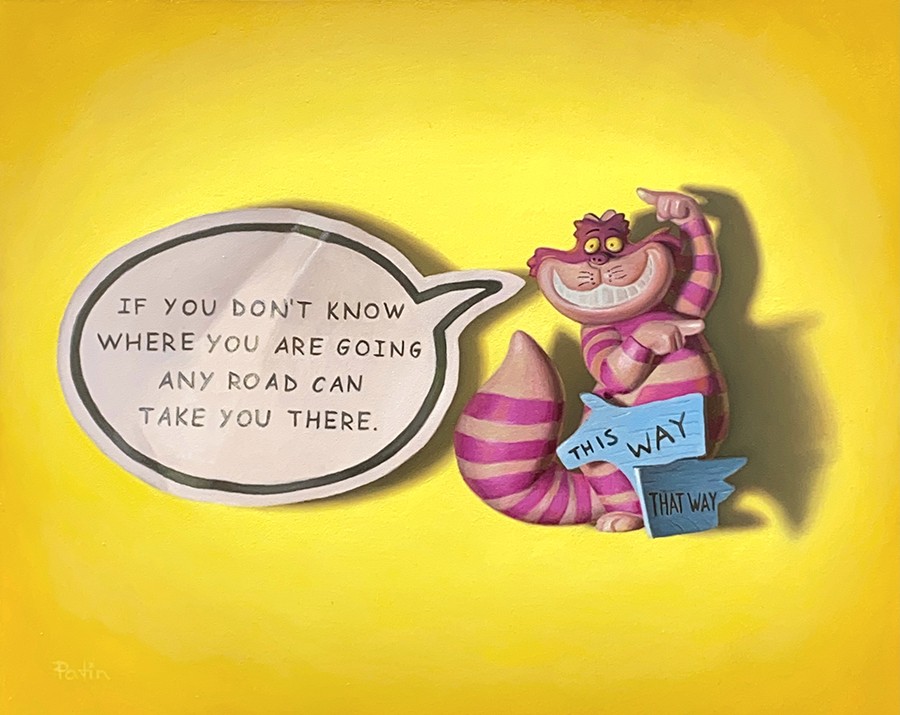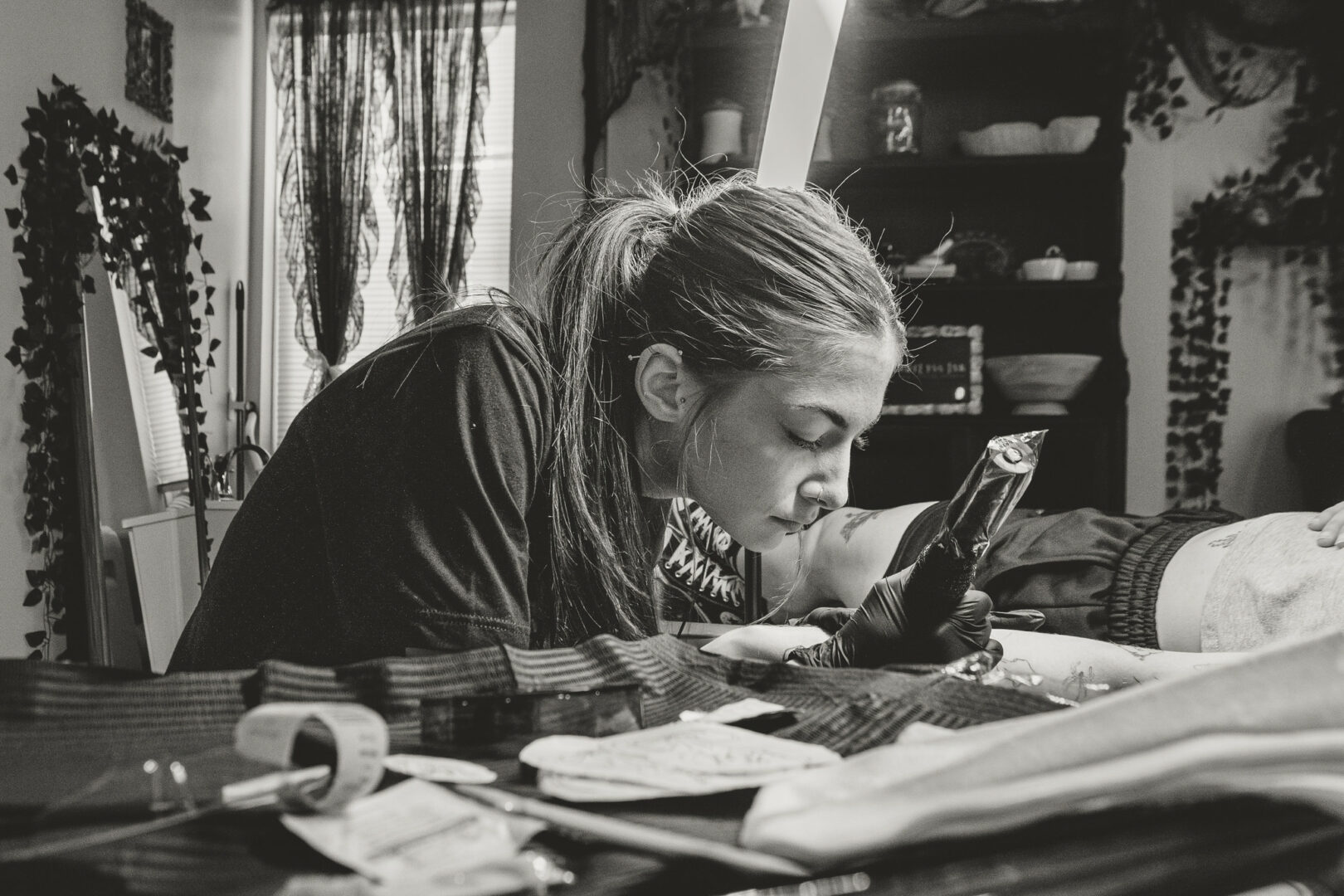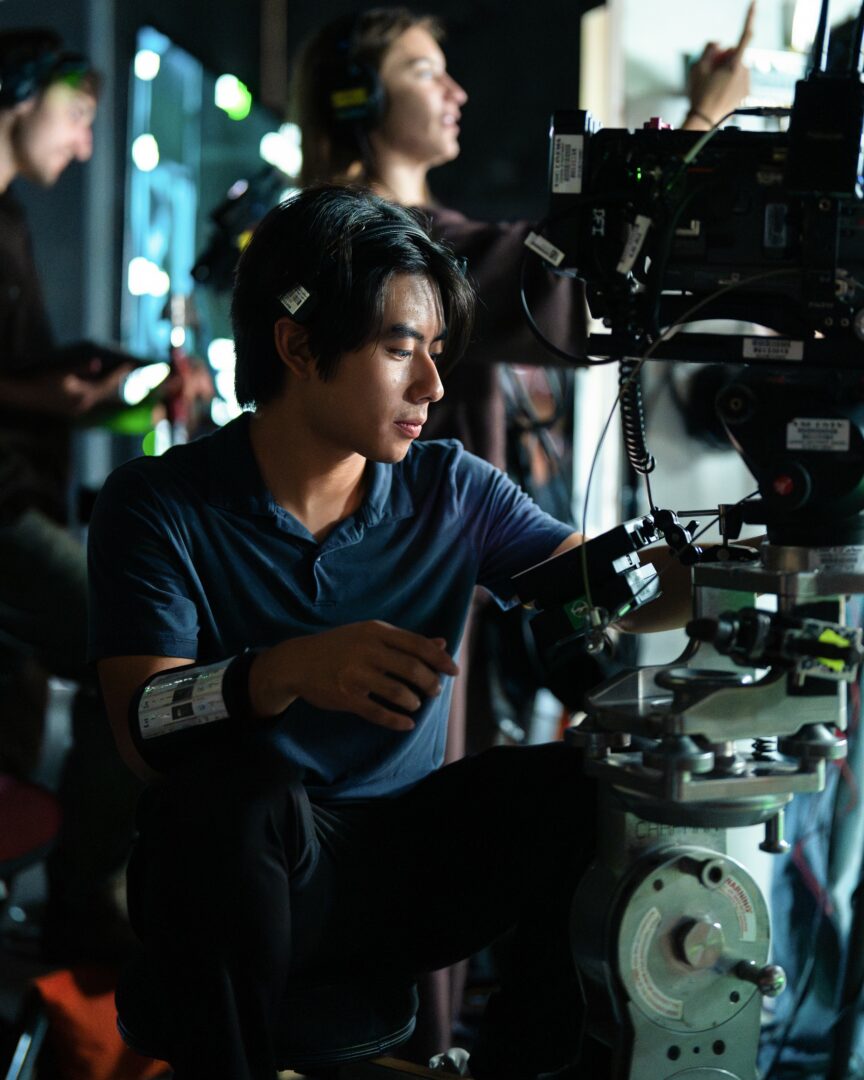We caught up with the brilliant and insightful Dora Patin a few weeks ago and have shared our conversation below.
Dora, first a big thank you for taking the time to share your thoughts and insights with us today. I’m sure many of our readers will benefit from your wisdom, and one of the areas where we think your insight might be most helpful is related to imposter syndrome. Imposter syndrome is holding so many people back from reaching their true and highest potential and so we’d love to hear about your journey and how you overcame imposter syndrome.
Dealing with imposter syndrome poses its challenges. The life of an artist can be a rollercoaster with its highs and lows. One day, you might win a Best in Show award, and the next day, your work gets rejected from a prestigious show. Regardless of accolades, each rejection feels like a failure, making you feel you’re not good enough. However, I try to set realistic goals, and accomplishments help build my confidence. Autobiographies are a source of inspiration. Learning about others’ experiences has shown me that grit and perseverance are common in the lives of successful people. For me, the key is to keep showing up, giving my best, and staying committed to learning. I’m constantly striving to improve. Kevin Hart once said in an interview that “the only competition you have is with yourself” and I really like that. Today, my goal is to be better than I was yesterday. This mindset helps me deal with imposter syndrome.
Great, so let’s take a few minutes and cover your story. What should folks know about you and what you do?
I’ve had a lifelong love for art, but my journey into active practice began in 2017 when I enrolled in a 3-year Master Artist Program. Here I learned the fundamentals of oil painting providing a solid foundation for my artistic pursuits. When I graduated, the pandemic hit, prompting a period of soul searching to define my artistic focus. While artists are often encouraged to find a niche, it felt challenging as I cherished painting everything from still life to portraiture. In this exploration, I delved into the Trompe L’Oeil genre, creating my first piece during the Summer of 2022 for a large juried exhibition in my area. I ended up winning the Best in Show award, and I also received an offer to be represented at the Affordable Art Fair in New York City. Since then, I have dedicated myself to this highly realistic style that can deceive the viewer into believing they’re looking at the real thing. The meticulous nature of Trompe L’Oeil, resonating with my perfectionist tendencies, has become my niche. In parallel, I started a line of alla prima paintings – a contrast to the detailed process of Trompe L’Oeil. I consider these quick, one-sitting paintings as sketches, as they allow me to experiment freely and complete a piece without the prolonged commitment of weeks. This dual approach allows me to embrace both precision and spontaneity in my artistic expression.
Looking back, what do you think were the three qualities, skills, or areas of knowledge that were most impactful in your journey? What advice do you have for folks who are early in their journey in terms of how they can best develop or improve on these?
In my experience waiting for inspiration doesn’t work. Even on days when you don’t know what to paint, get in the studio and start painting. Inspiration often follows. Experiment with various styles, genres, perspectives, large and small canvases, etc. Take note of which approach you enjoyed the most. It’s a process that requires time and persistence, but sticking with it you’ll find your preferences and passions. It’s a very self-revealing journey.
I found that I like to work in series. It gives me a chance to explore several ideas around the same subject. This focused approach helps me develop a well-rounded body of work and a cohesive portfolio. The repetition also allows me to develop better skills and hopefully contributes to my artistic growth.
Developing the skills needed to thrive as an artist is a gradual process that unfolds over years, not overnight. Patience is key, as mastering techniques, understanding your unique style, and building a distinctive artistic voice all take time. If you face setbacks and challenges along the way, view them as opportunities for growth. Rejections, critiques, and moments of self-doubt are all part of it. Use them as stepping stones to refine your craft and push your boundaries.
Who has been most helpful in helping you overcome challenges or build and develop the essential skills, qualities or knowledge you needed to be successful?
Being part of an art community and forming connections with fellow artists facing similar challenges in their life and art career has been the most helpful and rewarding. Seven of us formed a group and we stay connected through frequent texts and monthly meetups. I never feel alone in my studio. We exchange and discuss ideas, share experiences, give and get advice, learn from one another, provide constructive feedback, participate in shows together, share art related news and information, attend art events together and support each other any way we can. This friendship is especially valuable because, unlike relying solely on family, these artist friends share my interests and passion. I am deeply grateful to have these wonderful women in my life.
Contact Info:
- Website: https://www.dorapatinart.com
- Instagram: https://www.instagram.com/dorapatinart/
- Facebook: https://www.facebook.com/dorapatinart
- Linkedin: https://www.linkedin.com/in/dorapatinart/
